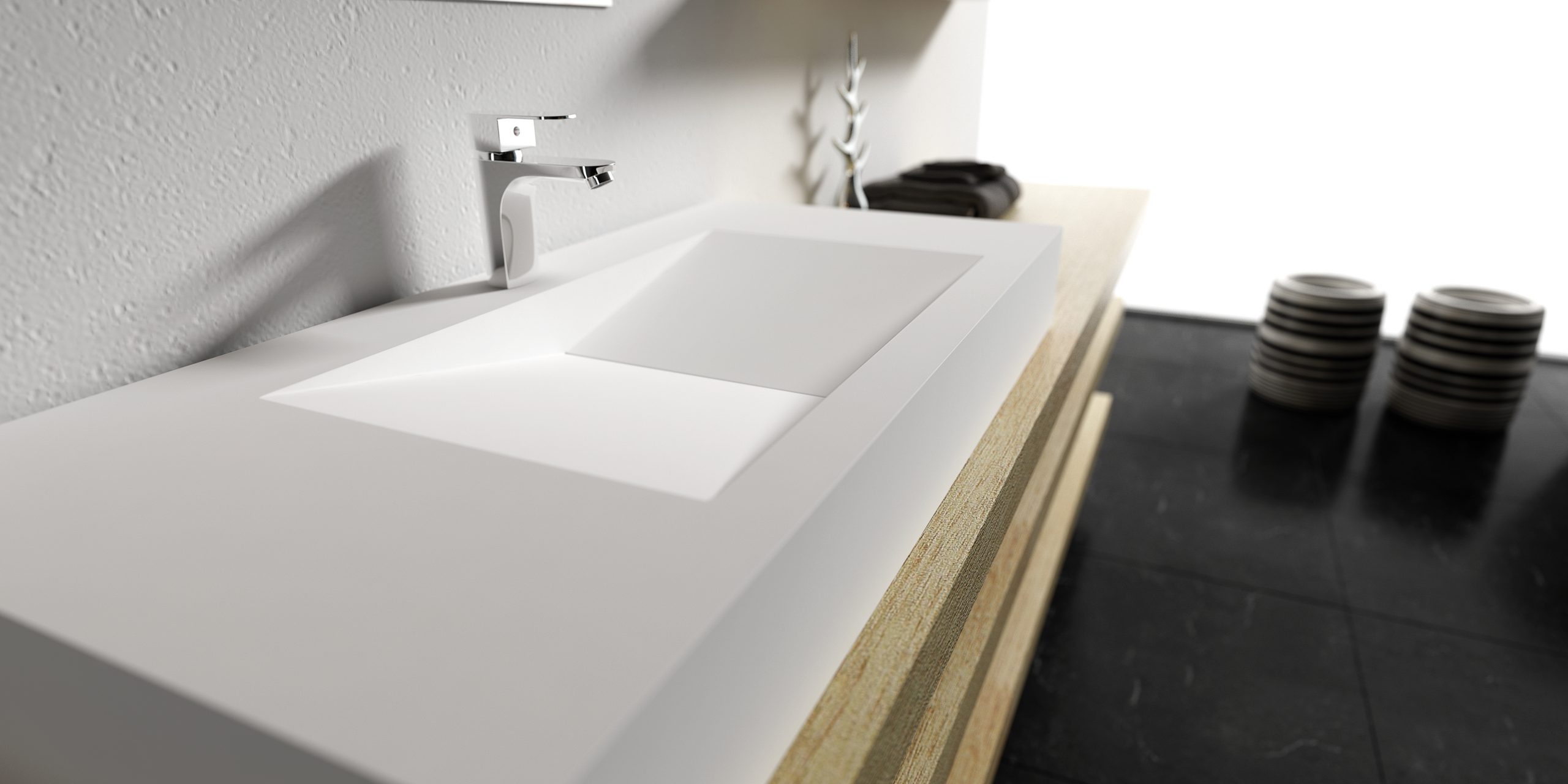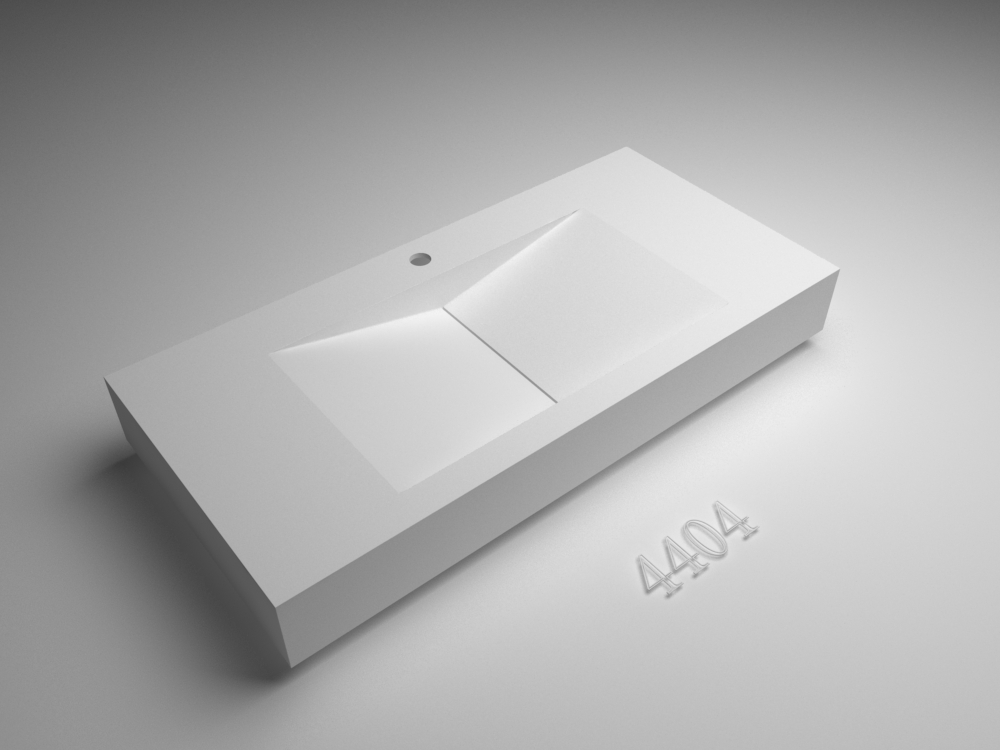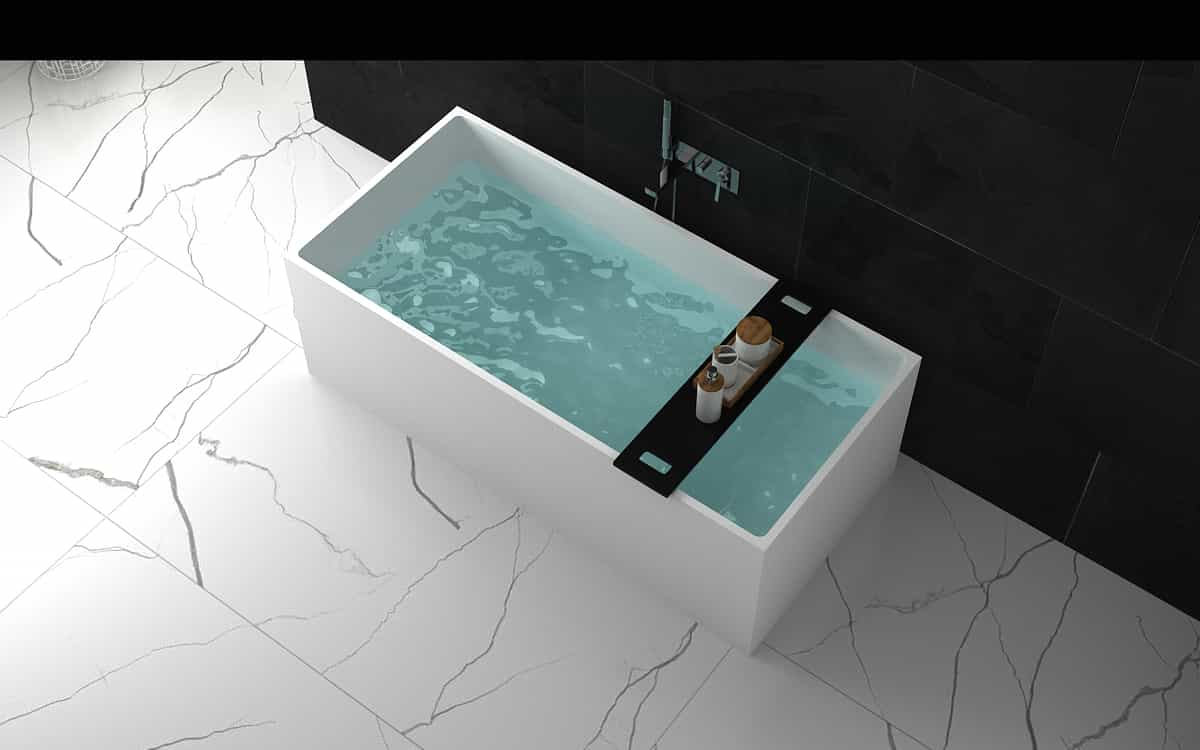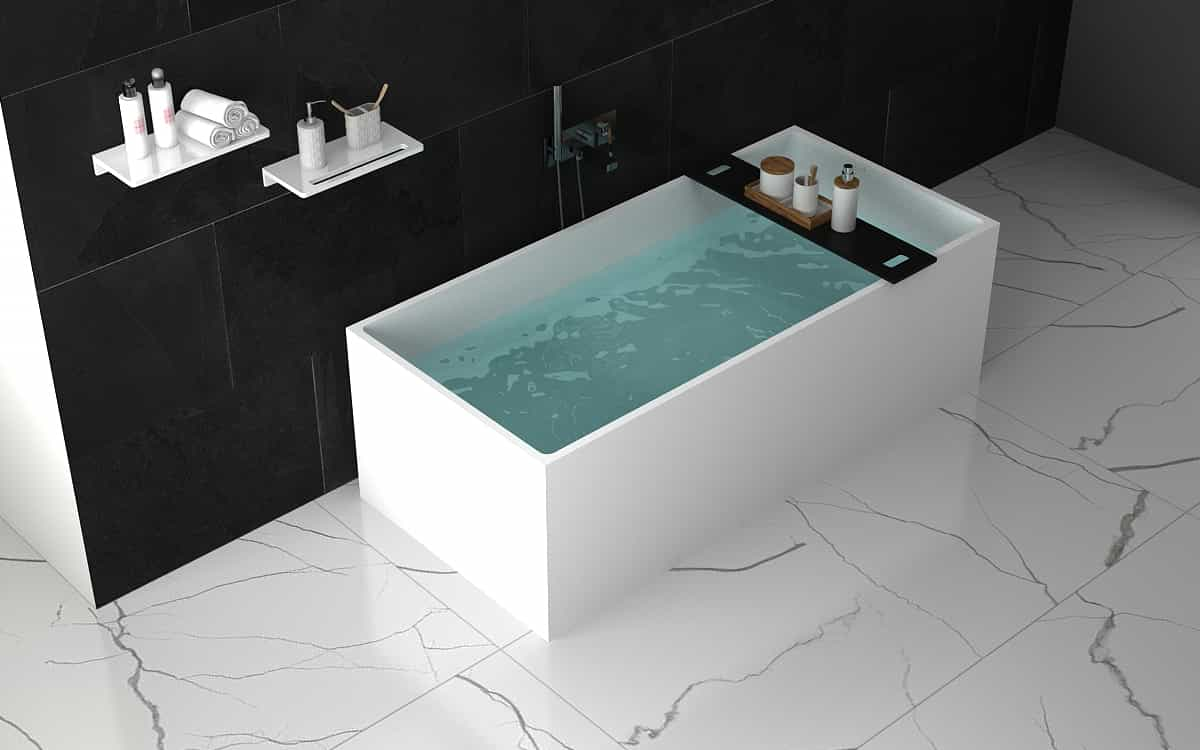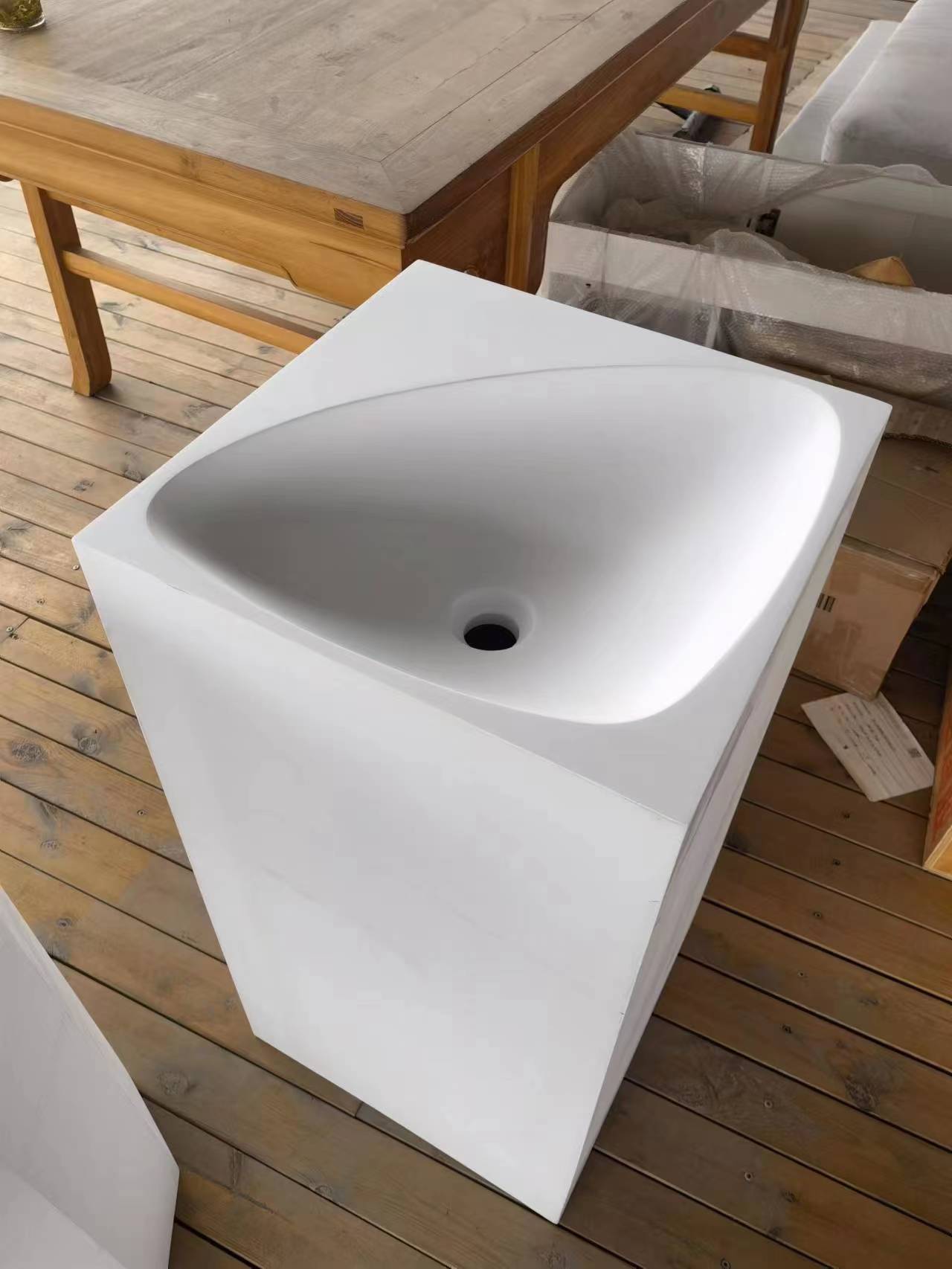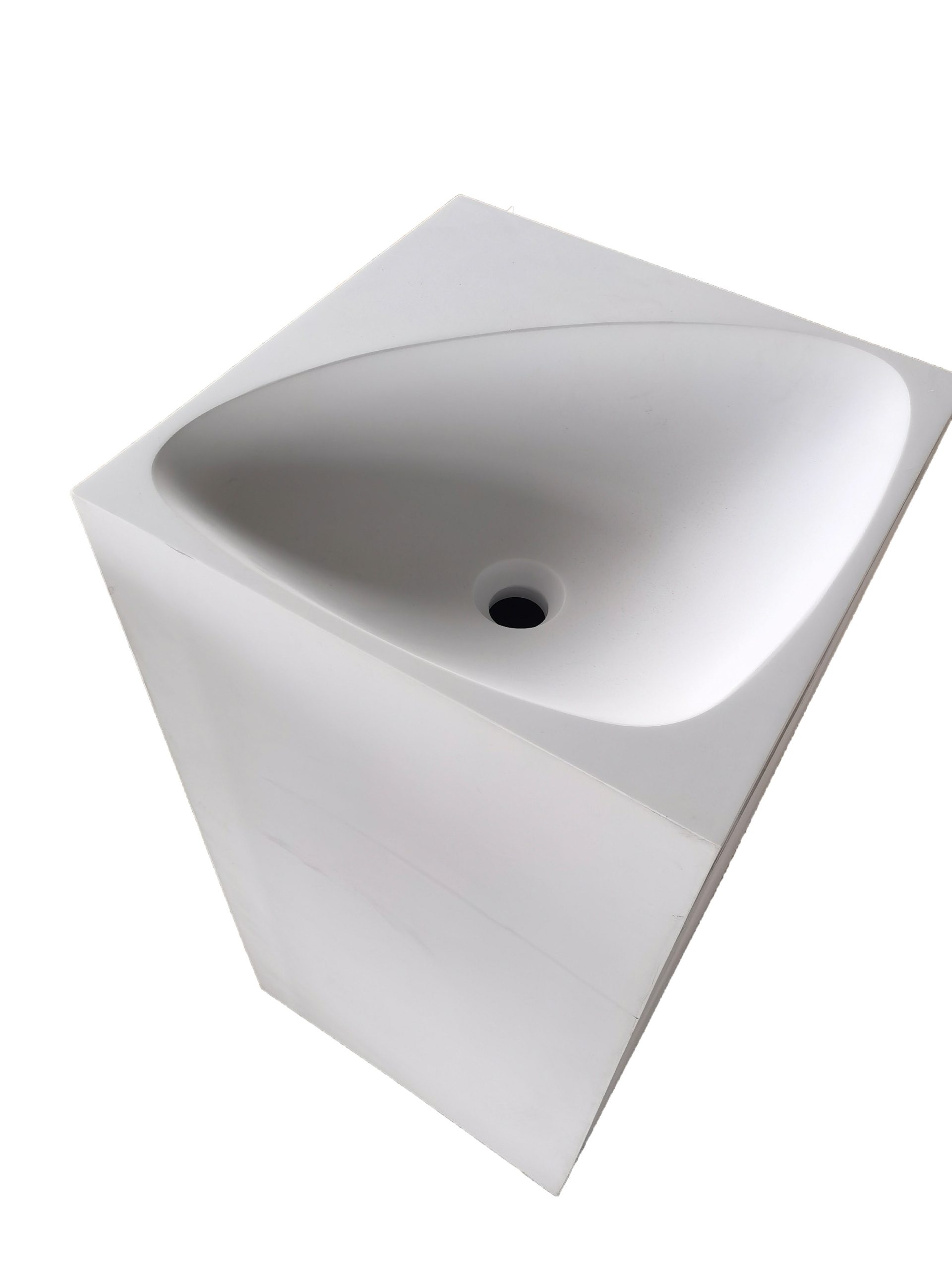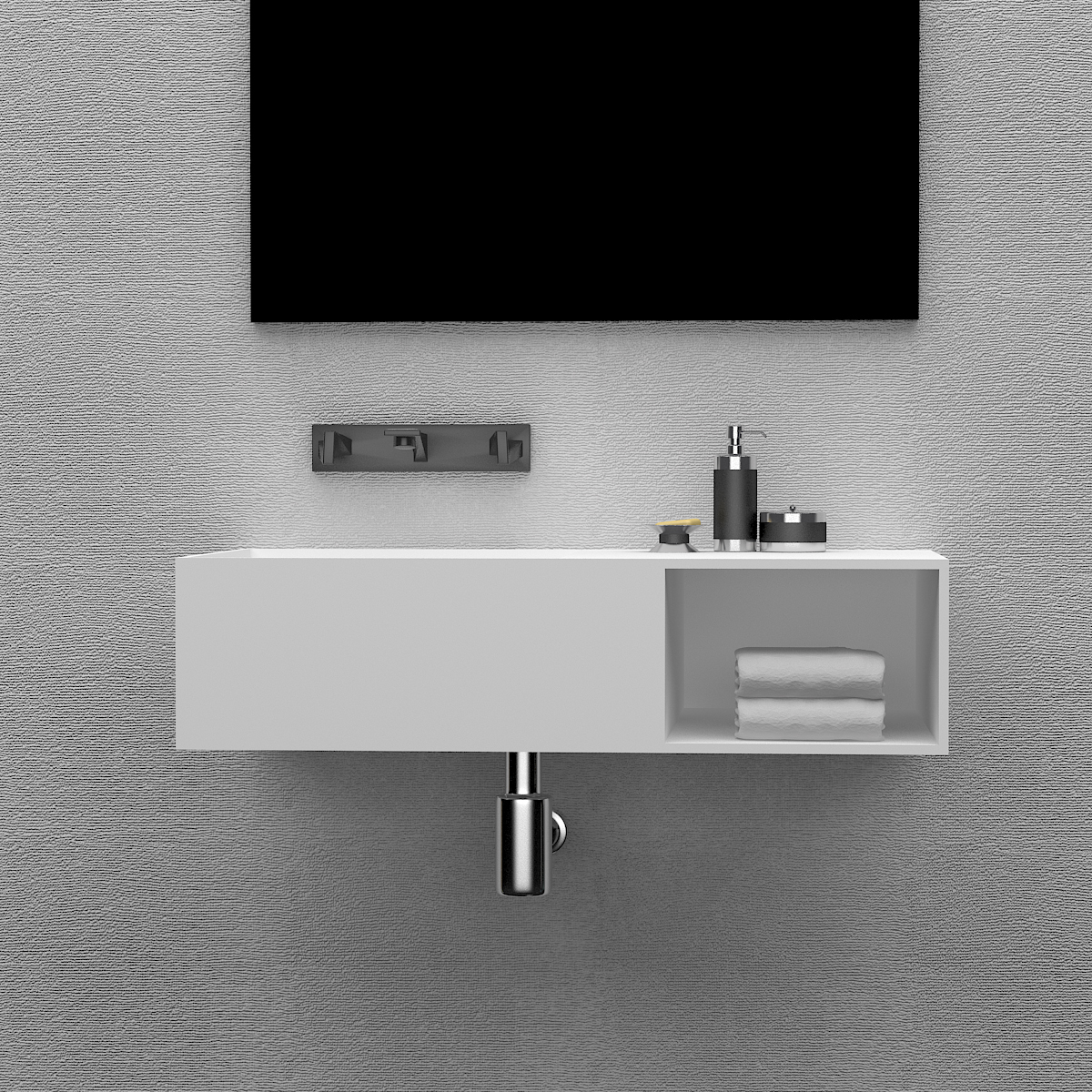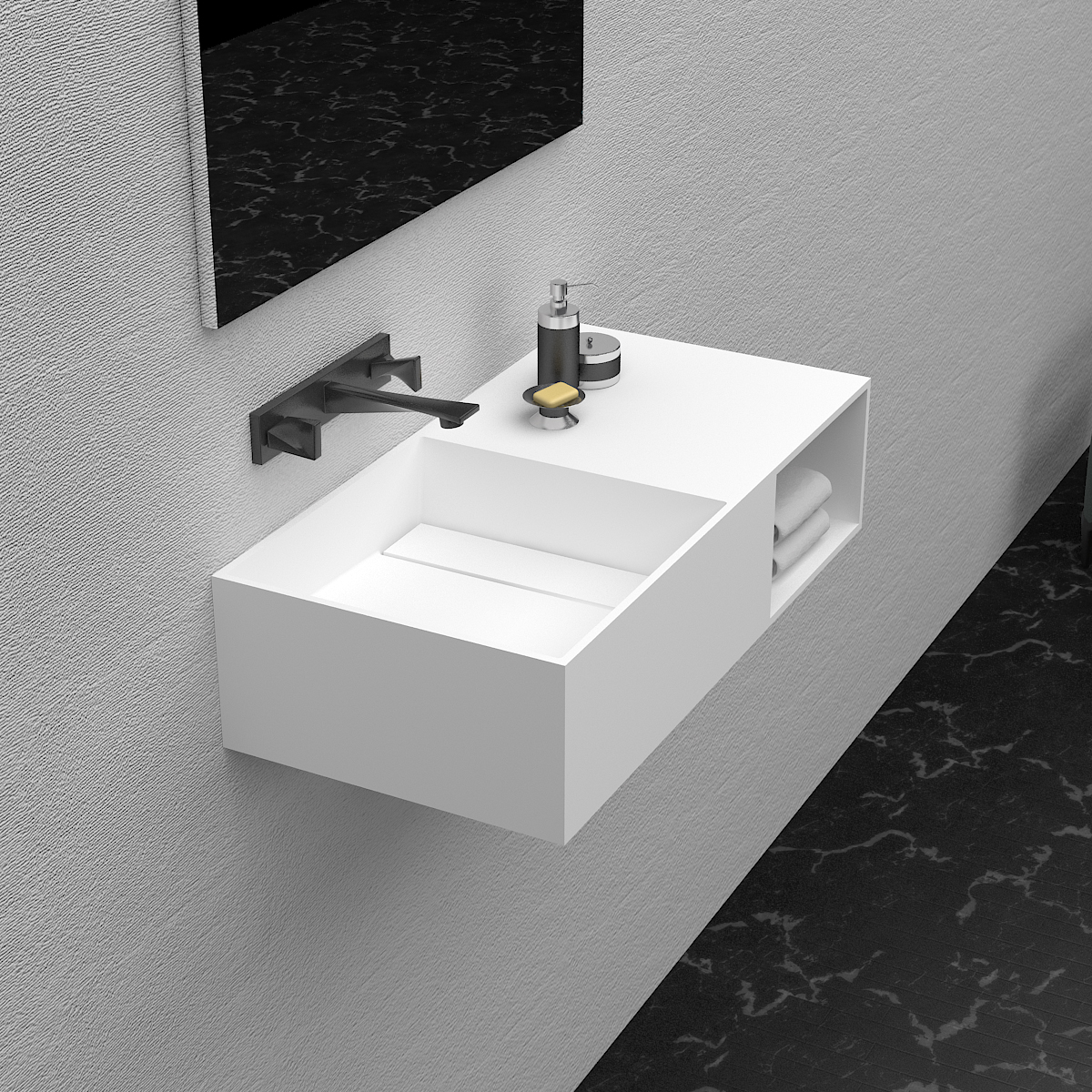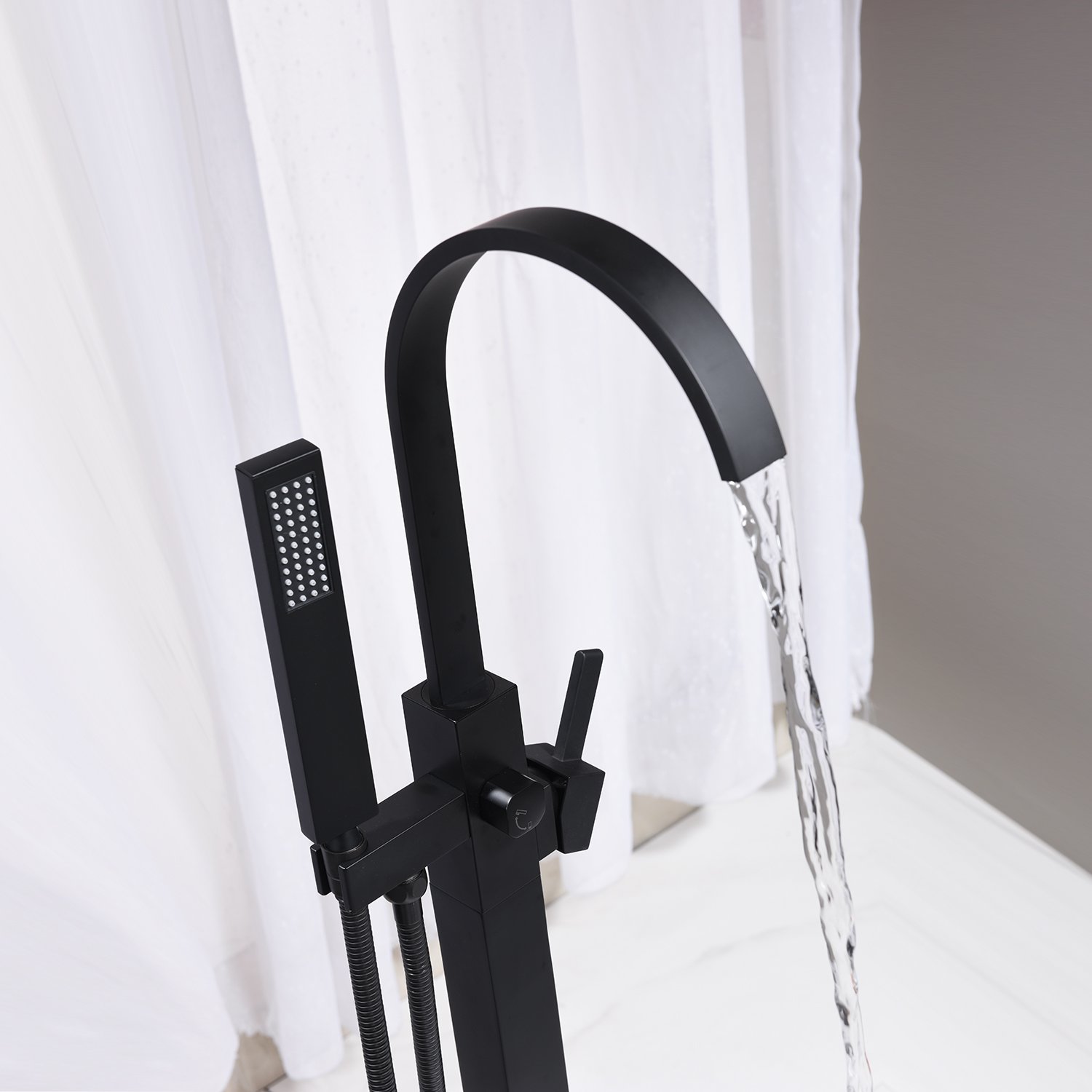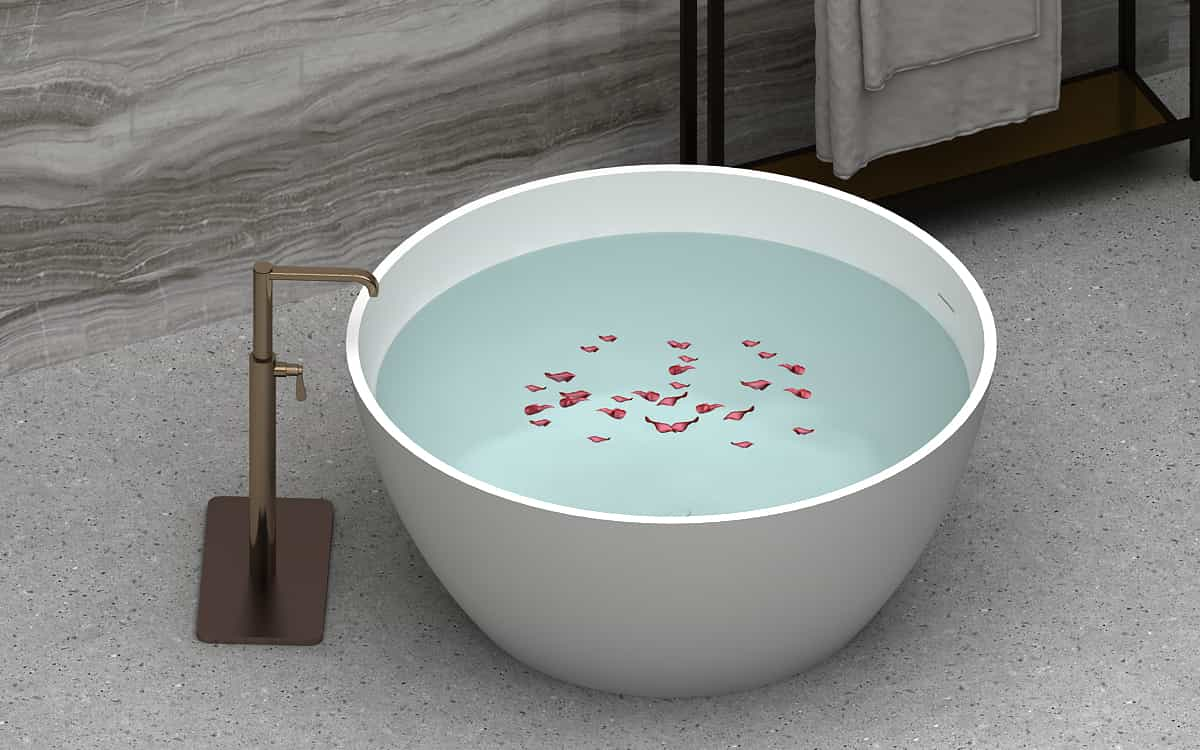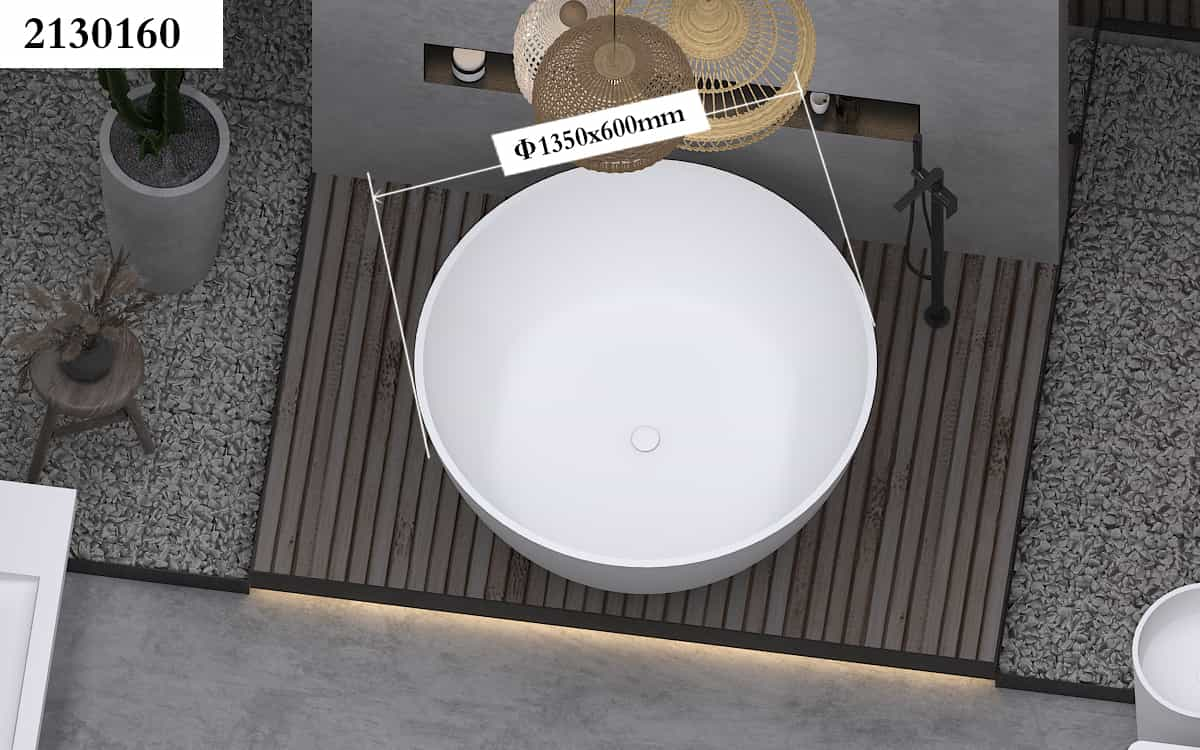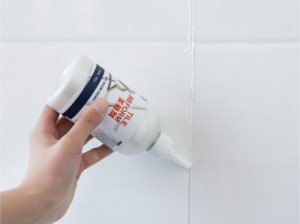
Now after home decoration will stick tile, stick tile will be coated with sealant to fill and decorate. But sometimes after a long time, there will be white crystals or powdered substances found between the cracks in the ceramic tile, especially if the ceramic tile has been stuck for a long time, this is often said to be the “pan alkali” phenomenon, for a long time, there is a certain impact on building materials. What exactly is the effect? Let’s find out.
What is the reason for the white crystal in the tile seam
This white crystal is called cement Pantin, and its main component is CaCO3. Cement and cement quality, sand, water, air, temperature and humidity have a certain correlation, this is a common problem in construction. Generally, a building with tile for a long time will have this situation, which will damage the building materials, such as moisture return, foaming, pulverization, swelling, hollow drum, cracking, peeling, mold, crystallization and other phenomena.
Second, what is the white powder in the tile seam
There is white powder in the gap between the wall bricks, which is the alkaline substance in the cement mortar, such as calcium hydroxide, which is dissolved by water and reacts with carbon dioxide or sulfur dioxide in the air. The calcium carbonate or calcium sulfate crystals precipitated out look like white salt flowers.
Usually, silicate concrete used in residential or engineering construction will develop long hair, salt-like crystals on the walls after a period of time. Roughcast room will directly precipitate, decorated house paint will bulge, peel and fall for many years do not fade, seriously affect the appearance. This phenomenon is called “caustic soda”.
Three, how to deal with ceramic tile pan alkali
1. Pickling
Prepare 5%-10% oxalic acid solution at 60℃, and then brush the oxalic acid solution on the wall to completely neutralize the alkalinity of the caulk.
2. Rinse with water
Rinse the surface of the wall repeatedly from top to bottom with clean water, then dry the base layer for three days or more. Drying time should be determined according to the prevailing environmental conditions.







